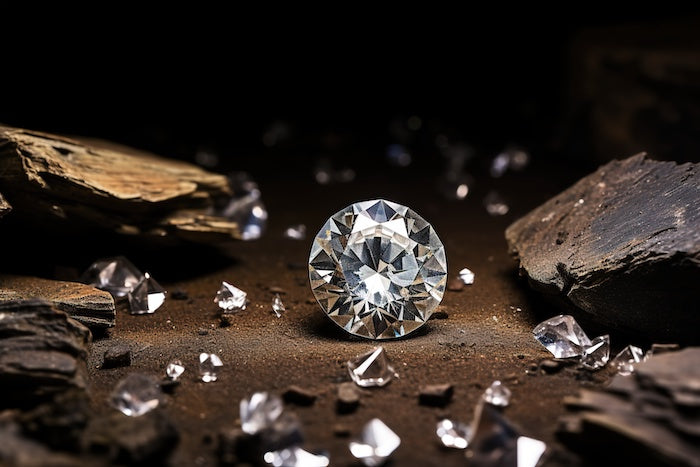- Total $0.00
The Oldest Gemstone that Has Been Forgotten
Zircon is Not Cubic Zirconia
First things first: Zircon is frequently mistaken for cubic zirconia, a well-known synthetic diamond substitute.
There is nothing in common between Zircon and Cubic Zirconia. Cubic zirconia, or CZ is a synthetic manmade stone. In contrast, zircon is a naturally occurring gemstone.
Despite its widespread recognition, zircon often remains unnoticed by many, largely due to the similar name.
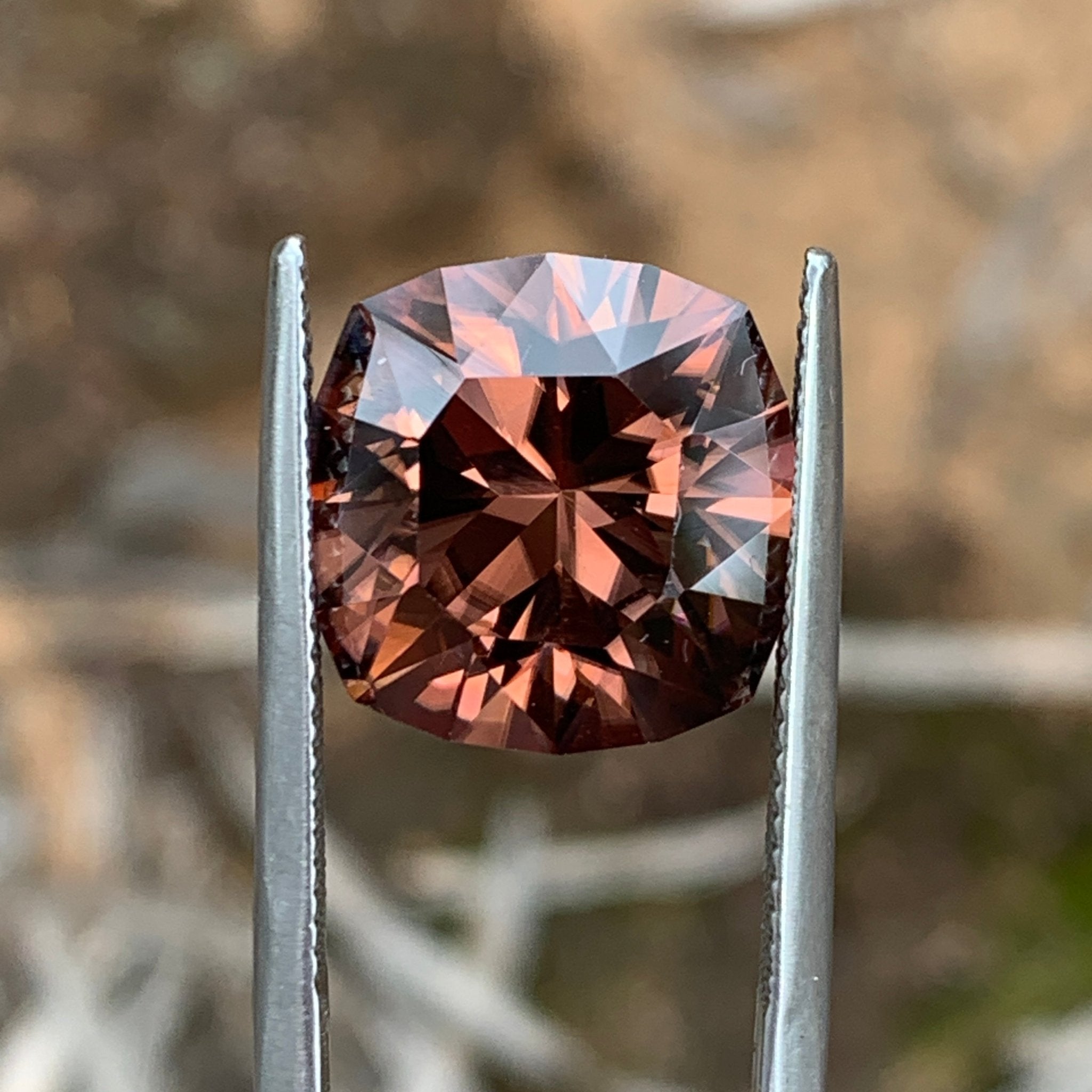
Zircon vs Diamond
Zircons are much rarer than diamonds.
Its superior luster and intense fire give it a real sparkle that is comparable to a diamond.
However, its popularity is somewhat diminished by the fact that it is often perceived as an inexpensive diamond imitation.
Some zircon stones can also display pleochroism which is an optical phenomenon in which a substance has different colours when observed at different angles.
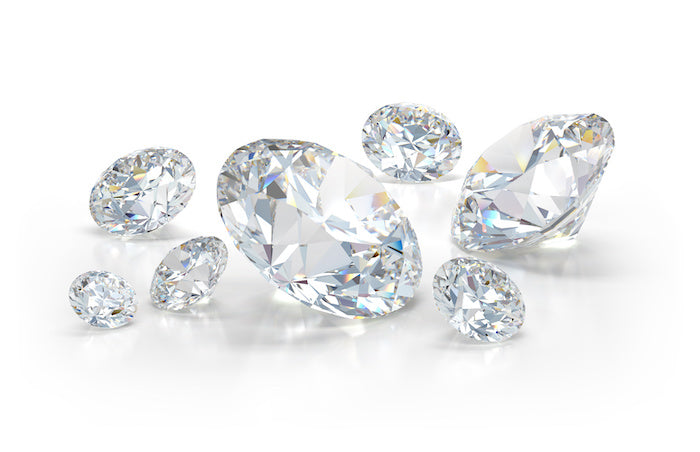
Oldest Gemstones in the World
In the vast tapestry of Earth's geological history, there exists a gem that stands as a silent witness. This unassuming mineral, with a history spanning a mind- boggling 4.4 billion years, is not just a rock; it's a living chronicle of our planet's journey through time.
The Jack Hills, nestled in Mid West Western Australia, has emerged as the birthplace of Hadean zircons, offering a rare glimpse into the Earth's infancy. These ancient crystals have become invaluable tools for scientists studying the very foundations of our planet's geological evolution.
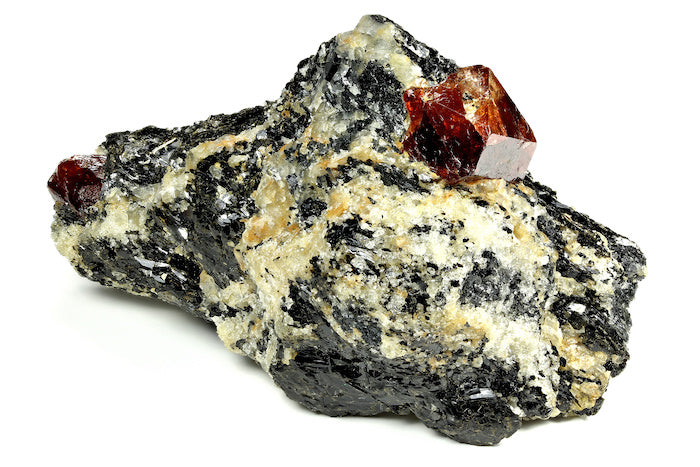
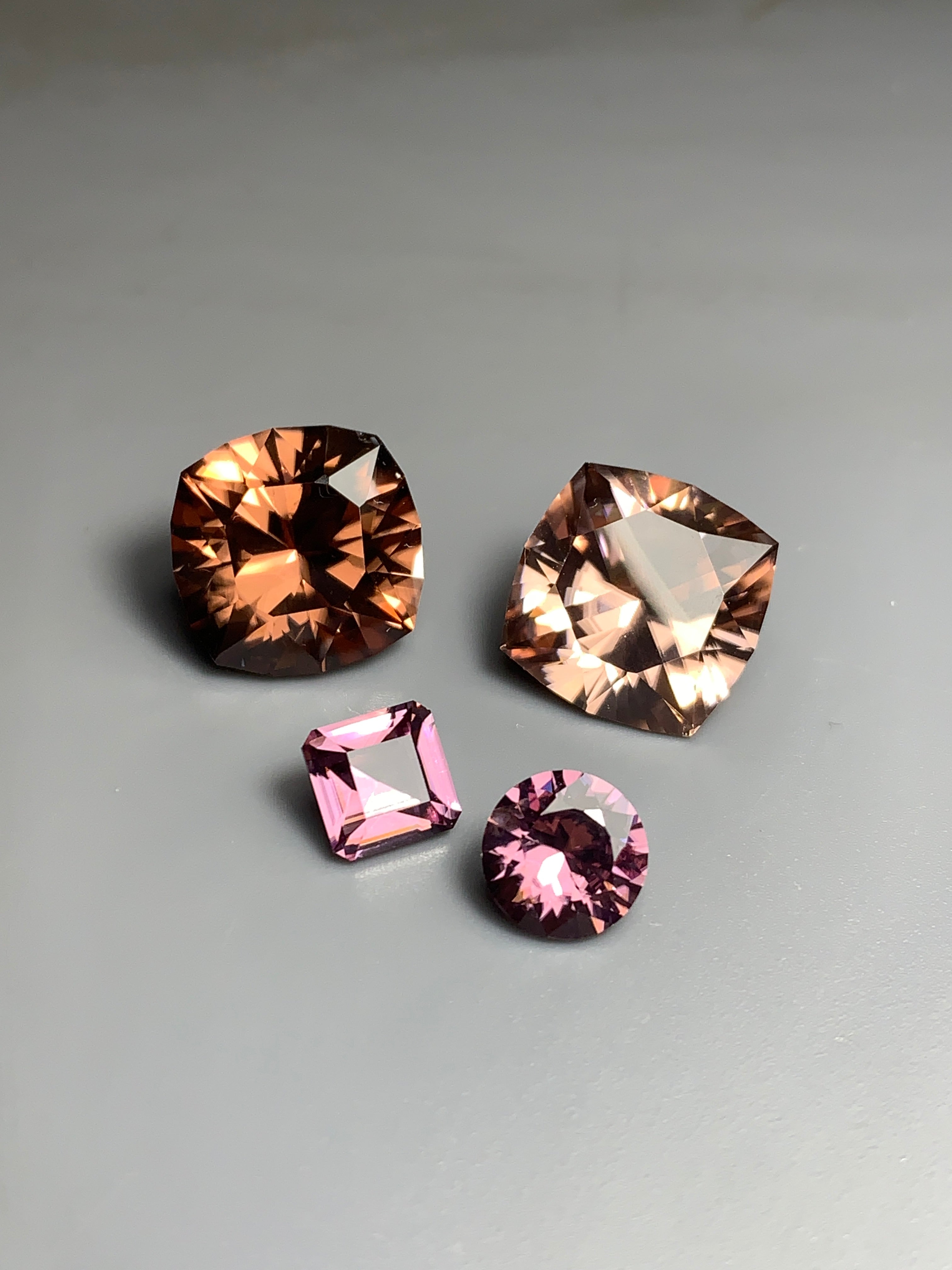
Australia - the Land of Zircons
Australia, the proud host of 35% of Zircon production, takes centre stage in the gemstone narrative.
Australia's Northern Territory adds its own chapter to the Zircon saga, revealing hidden treasures in locations like Harts Range. These areas, considered gemstone havens, unveil a dazzling array of Zircon gems amid undulating hills spanning 150 kilometers.
The Harts Range is not just a geological wonderland but a potential commercial supplier of high-quality Zircon gems. What sets these gems apart is their rarity – a low presence of radioactive trace elements, making them not just beautiful but safe for adornment.
Never Ending Formation
Gemologists categorise Zircons into high, intermediate, and low types. High Zircons, with intact crystal structures, boast the highest refractive index, density, and hardness. In contrast, low Zircons, clouded with hues of yellow-green or brown-green, undergo amorphous transformations through a process called metamicatization.
This is the consequence of accumulated radiation damage, adds a layer of intrigue to these gemstones. The journey from high to low involves self-irradiation, where Zircons essentially rock themselves into a new form.
